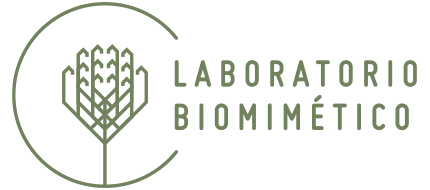In a world increasingly concerned about the improvement of the production processes
Biomimicry is emerging as a solution for the future to improve the energy efficiency of the infrastructure. The application of this science, which is inspired by the designs that nature gives us to produce innovative and sustainable solutions, is gaining more acceptance in the strategies of building with the development of materials, techniques, and technologies that are compatible with biodiversity.
“Biomimicry teaches us to study nature as a source of inspiration, able to give an answer to our challenges through the thousands of examples that there are biological solutions of adaptation,” says Marlén Lopez, architect and director of the Laboratory Biomimetic, which highlights that these strategies are often complex, multi-functional and highly responsive, but with a significant impact on the environment because, by requiring less energy for its construction and operation, in the long run, produce less waste.
This science has a great future in the fields of architecture and construction, since the trend industrial in general is directed to exercise professional from the environmental respect. “One of its biggest challenges would be to achieve the Sustainable Development Goals (SDGS), trying to minimize the impact and provide a response to the social challenges and energy that humanity faces,” says Marlén Lopez.
With a promising future, the inspiration of nature to create great works is not something new, but important architects have gone to her to develop buildings that are based on structures of natural organisms: the Crystal Palace, Joseph Paxton, whose design was inspired by the structural patterns of the leaf of a lily giant; the work of Antoni Gaudí, which are constantly repeated elements that copied the forms of living beings: the spiral as a form of natural growth or the geometries regulated free-form structures to optimize the effectiveness material; or the structural design bioinspired developed by Buckminster Fuller, or Frei Otto.



